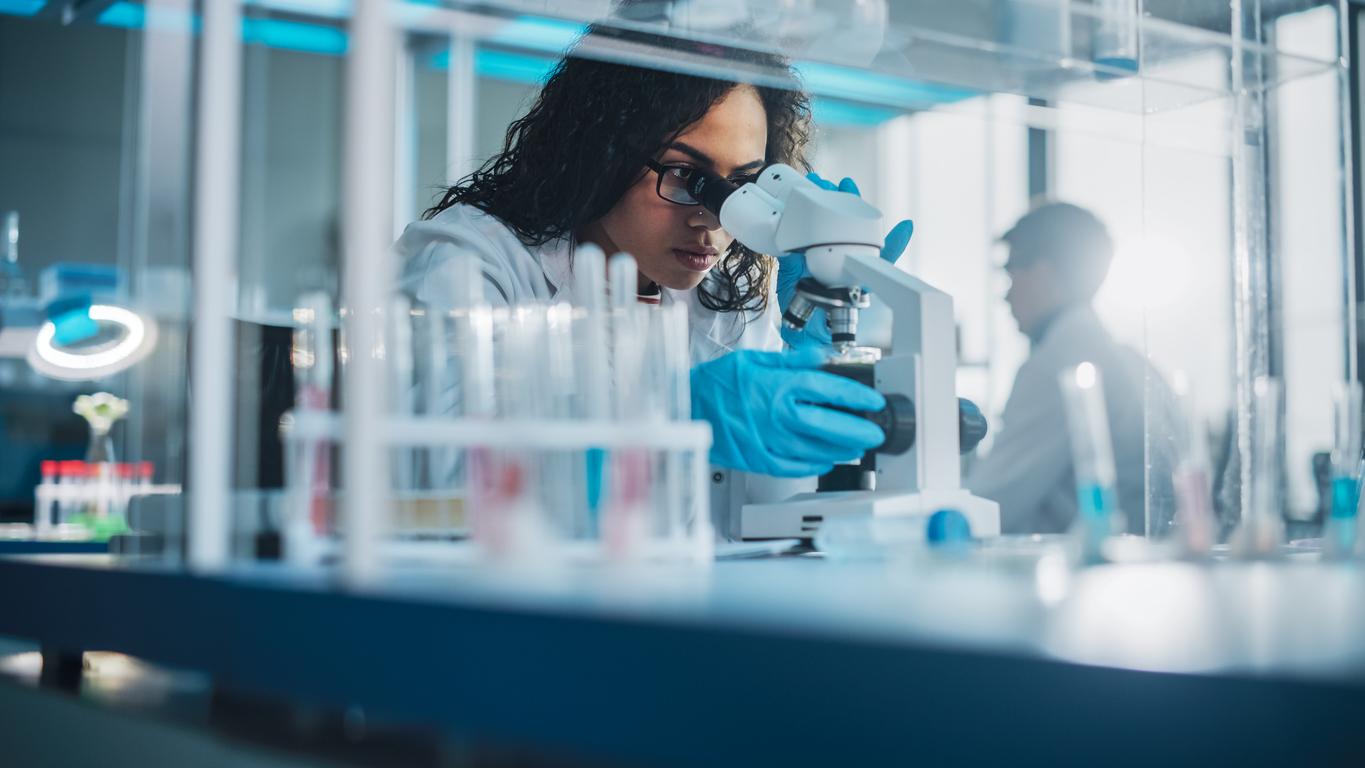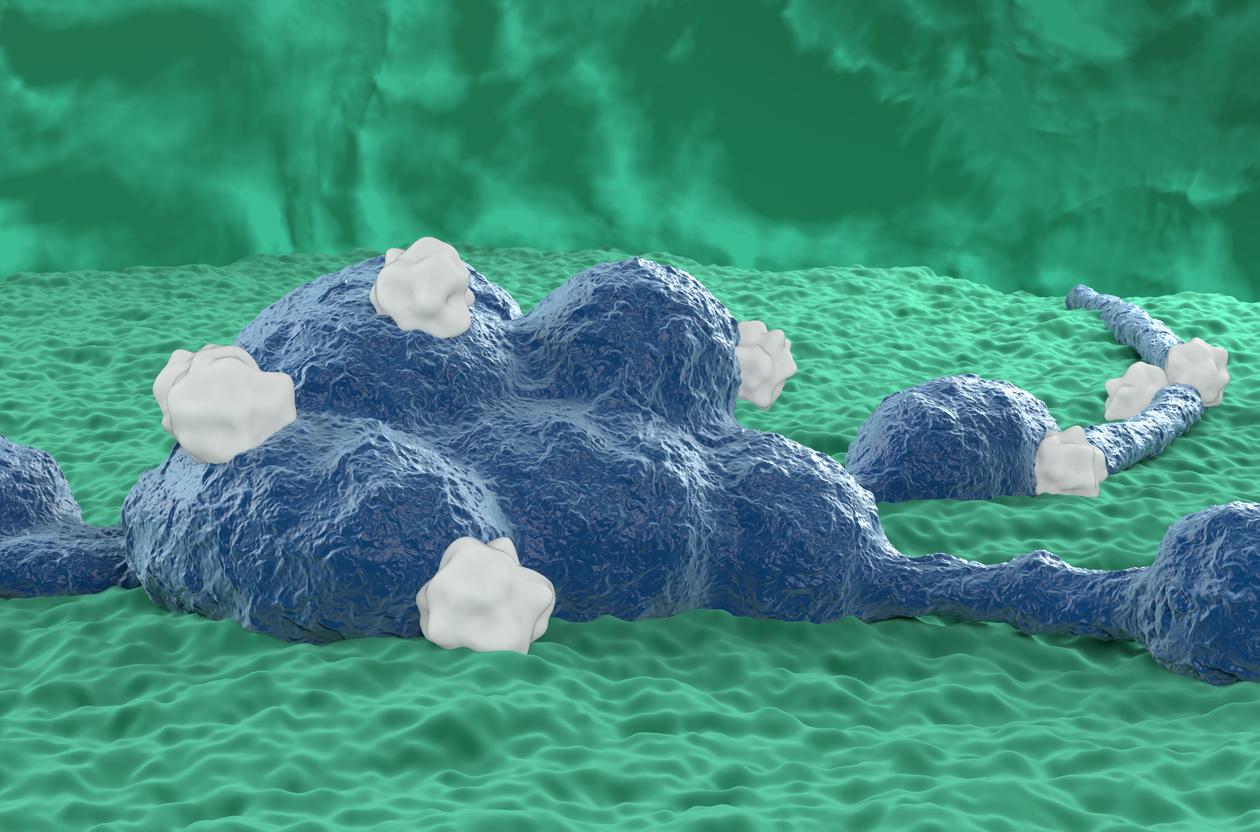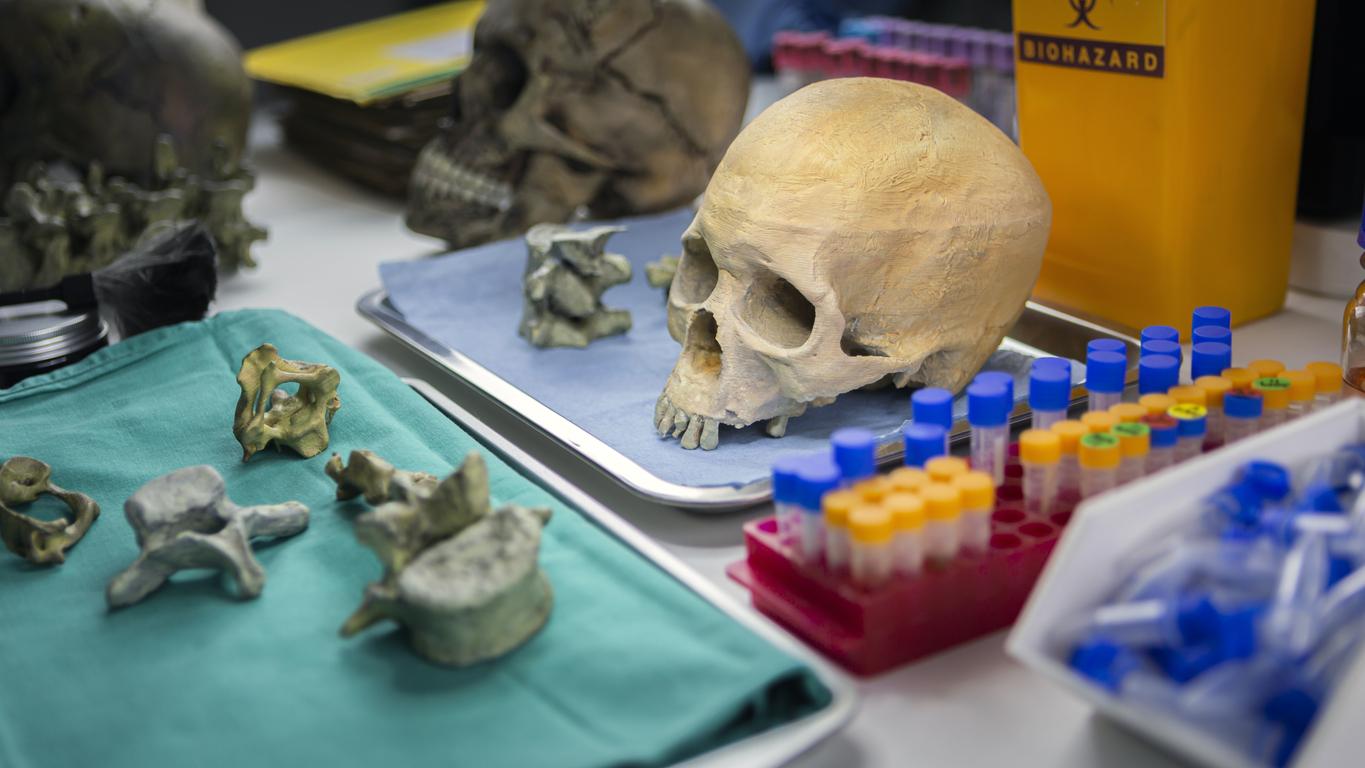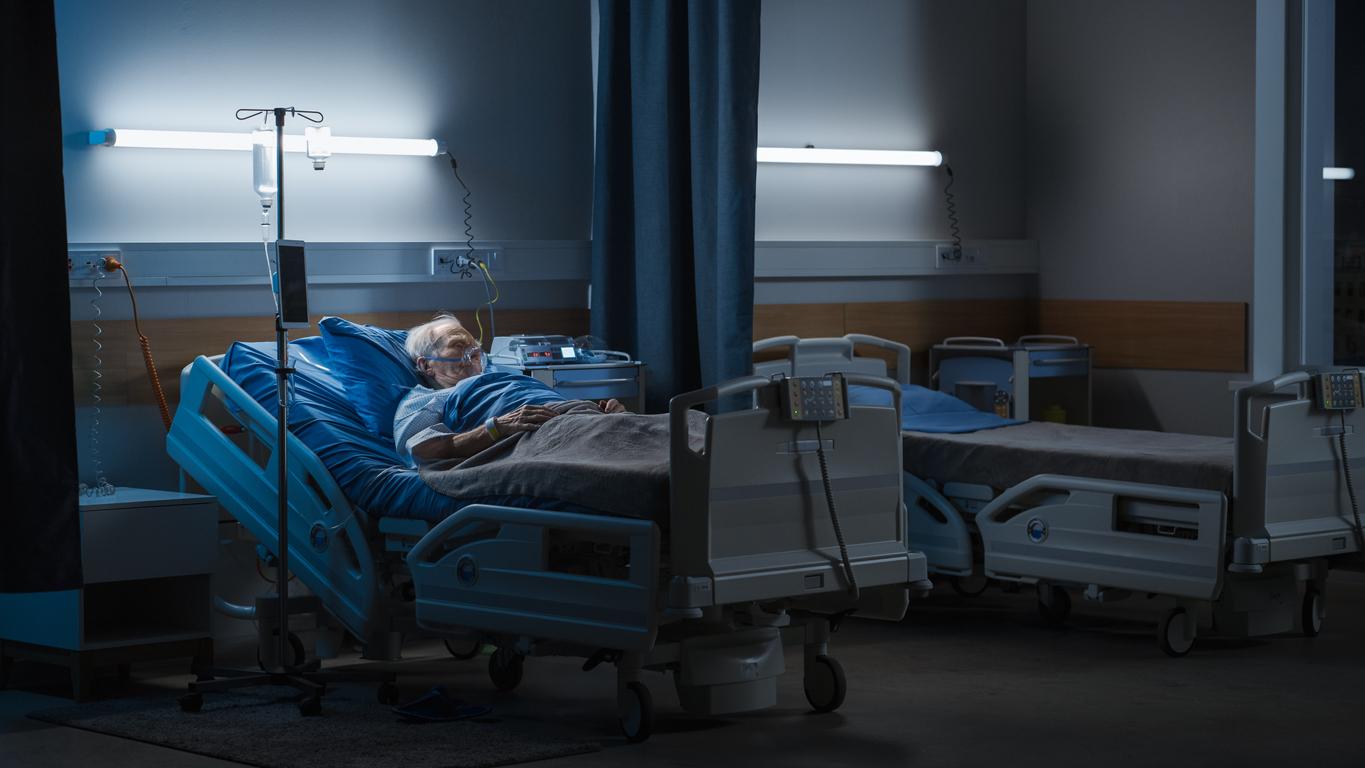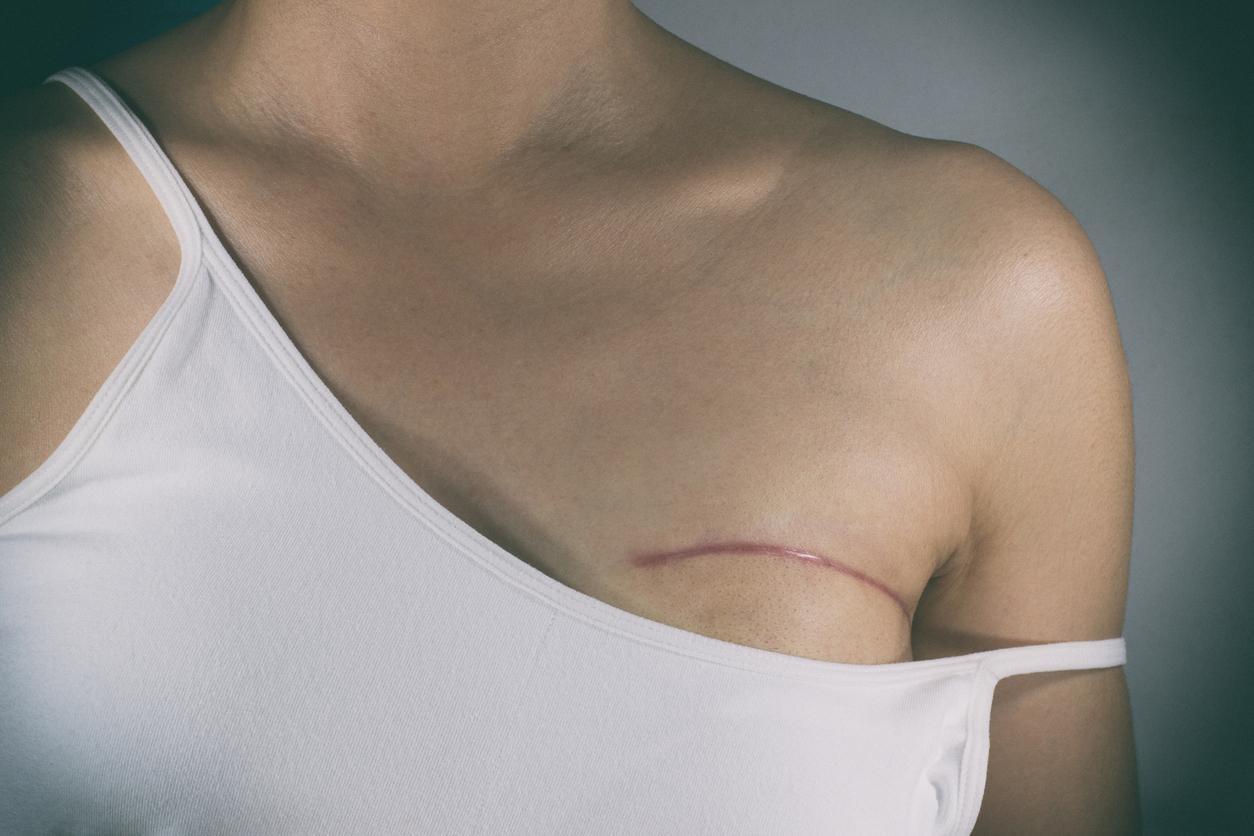Each year, 2,500 cancer cases are diagnosed in those under 19. Considered rare diseases, they are different from those that affect adults. Researchers carry out specific work and support adapts to needs.

One in 440 children is likely to develop cancer before the age of 15, and one in 1,000 adolescents between 15 and 18 years old. “As with many pathologies that affect children, cancers are a set of rare diseases,” comments Natalie Hoog Labouret, head of the Medicines Mission at the National Cancer Institute (INCa).
There are, in fact, more than sixty types of pediatric cancers, which do not have the same distribution as adult cancers. In children under 15 years of age, leukemia is predominant (29%), followed by central nervous system tumors (24%) and lymphomas (11%) which affect cells of the immune system in the lymph nodes.
In adolescence, between 15 and 18 years, lymphomas predominate (29%), ahead of acute leukemia (12%), thyroid cancers (9%), gonadal germ cell tumors, which develop in the ovaries or testes (9%), central nervous system tumors (8%), then bone tumors (8%).
Developmental cancers
Children have a peculiarity: their organism is in full construction and growth and, as a result, has many cells in the process of differentiation. It is during this process that stem cells specialize in a particular cell type and participate in the formation of different tissues. When affected in its proper course, this crucial step can lay the groundwork for cancer.
This is what happens, for example, in the case of acute lymphoblastic leukemia: in the bone marrow, lymphoid stem cells fail to transform into a particular type of white blood cell, lymphocytes, and remain immature. These abnormal cells, which end up outnumbering their functional counterparts, prevent them from fulfilling their role of producing antibodies and fighting infections.
Because of this peculiarity, specialists qualify these pathologies as “developmental cancers”, whereas, in adults, we speak more of “aging cancers”. In them, it is the process of cell division that is affected: the cells start to multiply more than required for conventional cell renewal and invade the tissue, preventing its normal functioning.
Diseases that we know better how to cure
The overall survival of children and adolescents with cancer has improved over the past decades. “In the 1970s, the five-year survival rate was only 30%,” recalls Natalie Hoog Labouret. It all depends on the type of cancer, but on average, in France, over the period 2000-2008, the survival of children with cancer is estimated at 92% at 1 year after diagnosis and 82% at 5 years. In adolescents, it is estimated at 94.5% at one year and 81.8% at five years. In France, cancer caused the death of 287 children in 2010 and 117 adolescents in 2009.
Alice bomboy
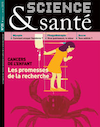
File produced in partnership
with Science & Health,
the Inserm magazine
.









